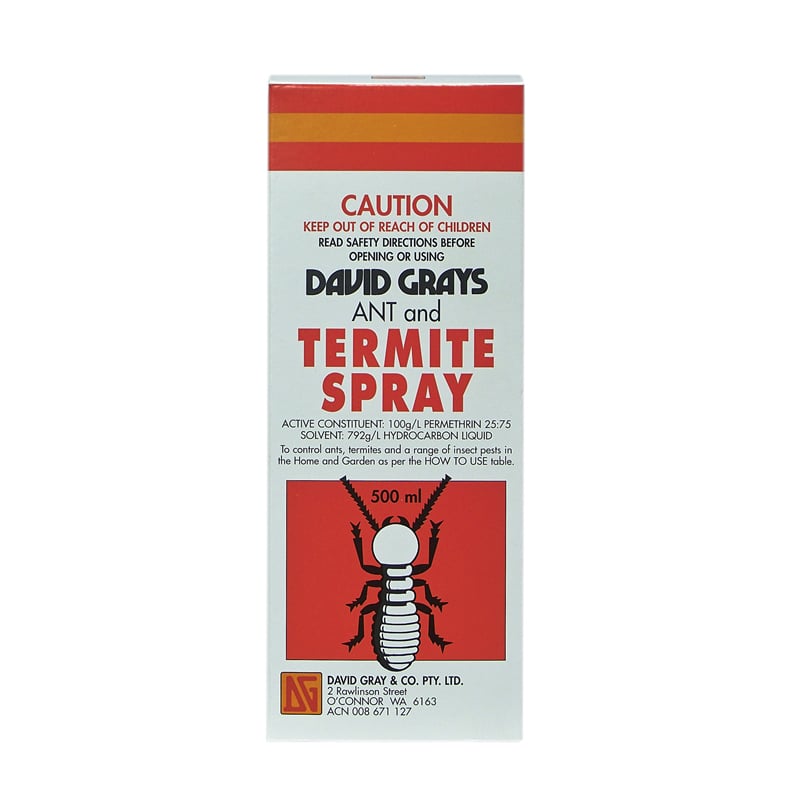The 180 is the sweetest flying and landing of the Comanches. 135-140kts on 10gph. 900-950 useful load.
The 250 is a great climber and will get right up and likes to cruise in the low teens. 155 or so on 13 gph and around 1100-1150 useful.
The 260 is about the same as the 250, but a couple mph faster. Some nice upgrades including fuel injection on most all.
The 260B is same as the 260 but has individual back seats that can be removed and an option for 5th and 6th seats in the baggage compartment, but not useful for more than toddlers. Removing the back seats makes it great for dogs.
The 260C got an updated panel and a different cowling for improved cooling drag. These birds are generally 160kts on the same fuel as the 260's.
The 400 and 260TC are the unicorns and are very niche aircraft.
I have flown them all and worked on most of them. My ride is the Twin Comanche. The deal with the corrosion is that Lock Haven treated all the aluminum sheets and pieces with zinc chromate before they were fastened together to make the airframe. Thus, corrosion is really not a significant issue on Comanches in general. Where you do see it is the steel doodads in the landing gear.
Comanches are a great traveling machine. The ones with 90 gallons of fuel are five to six hours with reserve. The Comanche has a great wing that likes high altitude and the plane gets really efficient up in the teens. Fuel flow drops much faster as a percentage than the speed drops.
Comanches have a great community with regular Zoom seminars, get-togethers, and people always working on solutions to any maintenance problem that might arise. The link that was given to the Airworthy Comanche forum is a good place to start learning and asking questions. Lots of long time owners and mechanics who have been working on them for years are generous about sharing there information. On FB there is the "Piper Comanche" group which is member only, but anyone interested in Comanches is welcome. The Piper Flyer Association has a dozen or so articles on Comanches, many of which I have written. They will nick you about $50, but there is a lot of good reading on their website and the magazine is good too.
On caution, like all complex aircraft, get a good pre-buy log review and inspection. You don't want to be the next one with the dreaded $20K first annual inspection.




